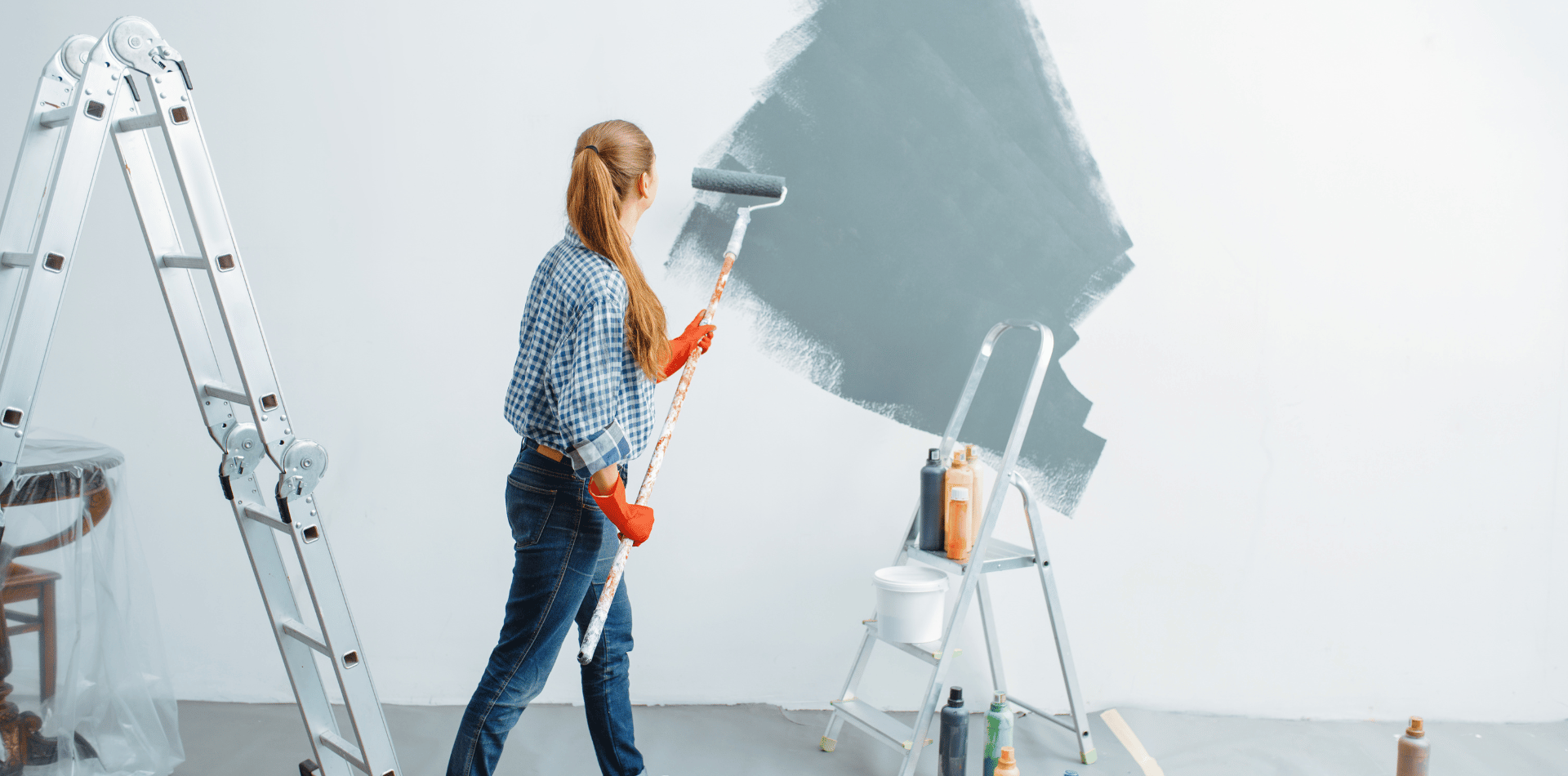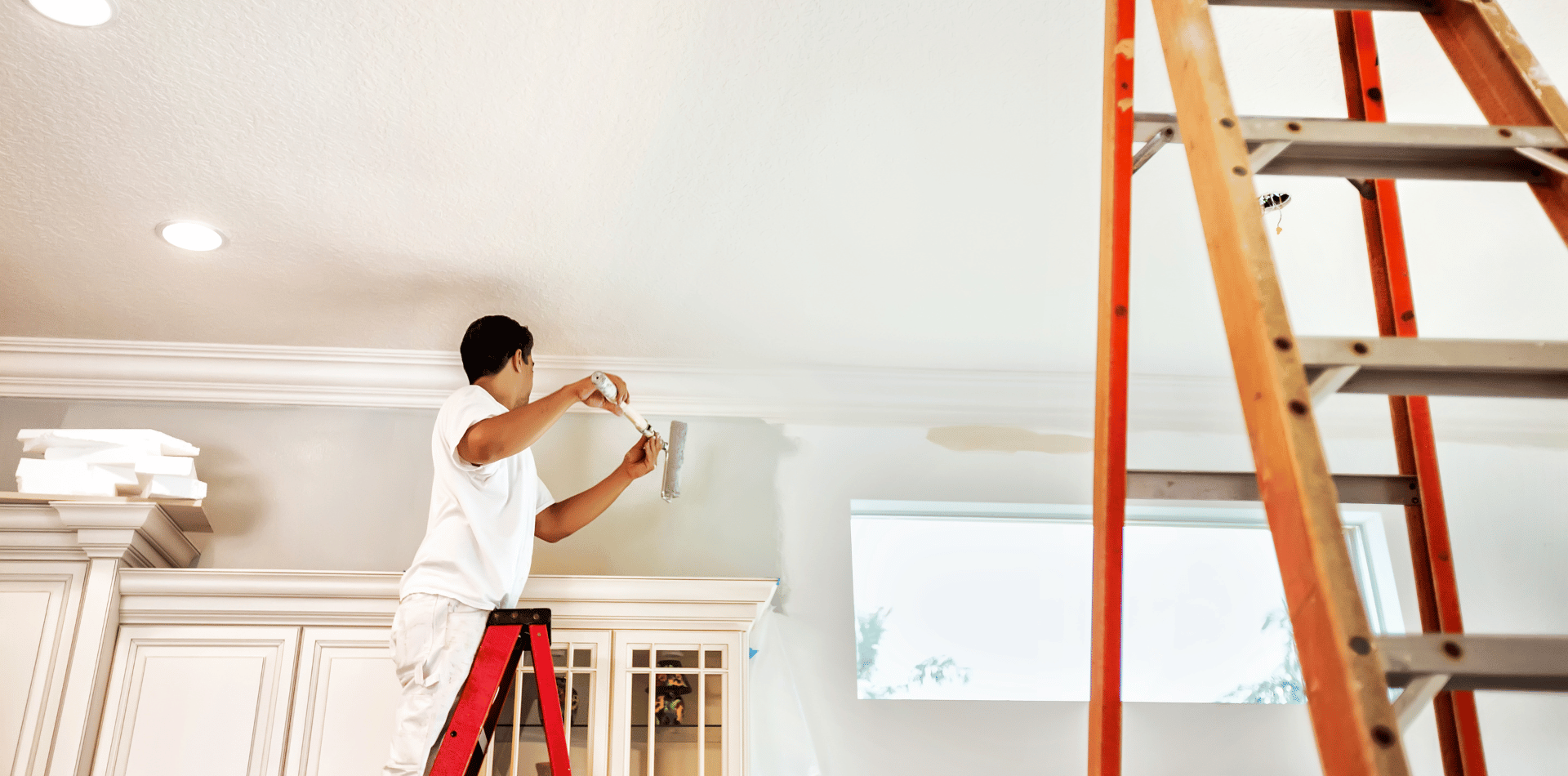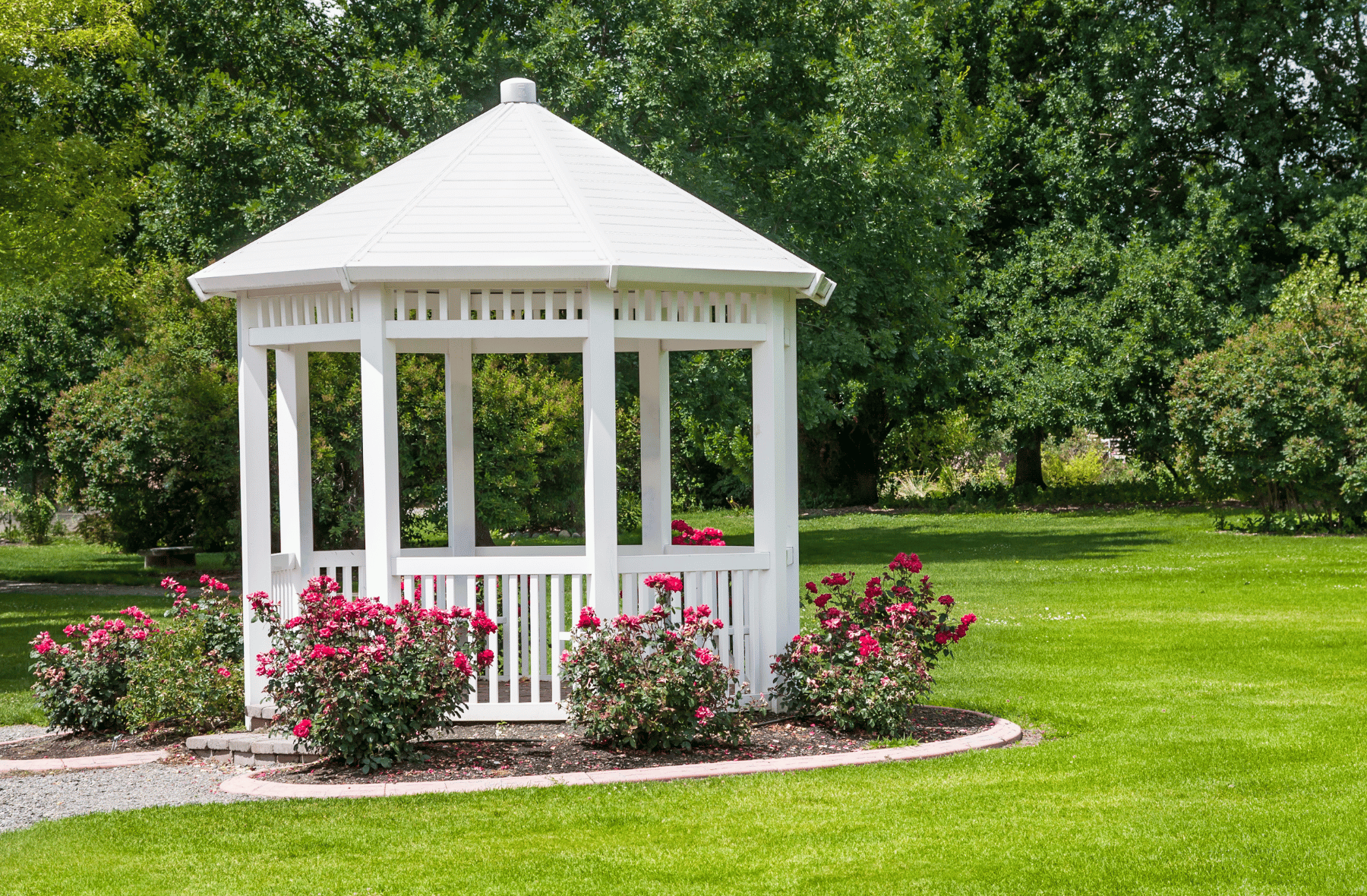DIY vs. Professional Painting: When to Call in the Experts

The allure of a fresh coat of paint can be irresistible, whether it's to transform a room's aesthetics, update a tired-looking exterior, or revamp a piece of furniture. While the DIY route may seem tempting, there are instances where enlisting the services of professional painters is not just advisable but essential. Let's have a look at the pros and cons of DIY painting versus hiring professionals, and help you determine when to take matters into your own hands and when to call in the experts for a flawless and lasting finish.
The Appeal of DIY Painting
DIY painting offers several benefits that attract homeowners, including:
Cost Savings:
DIY painting can be significantly more cost-effective than hiring professionals. You save on labour costs and can choose to use budget-friendly materials.
Sense of Accomplishment:
Completing a painting project on your own can be immensely satisfying, giving you a sense of accomplishment and ownership of the results.
Flexibility:
DIY painting allows you to work on your own schedule and make changes as you go. You can experiment with different techniques and colours without adhering to strict timelines.
Personal Touch:
You have complete control over the design and execution of the project, allowing you to infuse your personal style into the final result.
The Benefits of Professional Painting
However, there are situations where professional painters offer expertise and advantages that DIY painting can't match:
Skill and Experience:
Professional painters bring years of experience and specialised training to the table. They understand the nuances of surface preparation, colour selection, and application techniques, ensuring a flawless finish.
Time-Efficiency:
Professionals work efficiently, completing projects in a fraction of the time it might take a DIY enthusiast. This is particularly important for larger projects or tight timelines.
Quality Materials:
Professional painters have access to high-quality paints and tools that can result in a more durable and long-lasting finish. They know which materials work best for different surfaces and conditions.
Attention to Detail:
Professional painters are meticulous about surface preparation, ensuring that imperfections are addressed before painting begins. This attention to detail results in a smoother and more professional-looking outcome.

When to Choose DIY Painting
DIY painting can be a great option in certain scenarios:
Small Projects:
Small-scale projects like painting a single accent wall, a piece of furniture, or a small room can be easily tackled by DIY enthusiasts.
Creative Freedom:
If you're aiming for a unique and artistic effect that requires experimentation, DIY painting allows you the creative freedom to explore different techniques and colour combinations.
Budget Constraints:
When budget is a primary concern, DIY painting can help you save on labour costs. Just ensure you're prepared to invest time and effort into the project.
When to Call in the Professionals
There are times when professional painters are the better choice:
Large-Scale Projects:
For extensive projects such as painting an entire house, multi-story interiors, or commercial spaces, professionals are equipped to handle the scope efficiently.
Surface Complexity:
Complex surfaces like textured walls, intricate architectural details, or challenging materials (metal, stucco, etc.) require professional skill to achieve a flawless finish.
Time Constraints:
If you have a tight deadline or need to get the job done quickly, professionals can ensure that the project is completed on time without sacrificing quality.
Specialised Finishes:
If you're aiming for specialised finishes like faux painting, intricate patterns, or high-gloss surfaces, professional painters possess the expertise to execute these techniques flawlessly.
DIY Tips for Successful Painting
If you opt for a DIY painting project, here are some tips to ensure success:
Prepare Thoroughly:
Proper surface preparation is essential for a professional-looking finish. Clean, sand, and repair surfaces before applying paint.
Use Quality Materials:
While DIY painting can save you money, investing in quality paints, brushes, and rollers will improve the outcome. Cheap materials can result in uneven coverage and a less durable finish.
Test Colours:
Always test paint colours on a small section of the wall before committing. Lighting and other factors can affect how a colour appears in your space.
Work in Stages:
Break down the project into manageable stages. Complete one section before moving on to the next to ensure consistent coverage and avoid uneven drying.
Choosing between DIY painting and hiring professionals depends on the scope of the project, your level of expertise, and your desired outcome. DIY painting offers a sense of accomplishment and creative freedom for smaller projects, while professional painters bring skill, experience, and efficiency to larger and more complex undertakings.
Ultimately, the decision should be based on your comfort level, the time you can invest, and your commitment to achieving a flawless and lasting finish.
Whether you're wielding a paintbrush or relying on the expertise of professionals, the goal is the same: to transform your space into a beautiful and inviting environment that reflects your style and enhances your living experience.



PAINTING Lake Macquarie
A Member of the Kaptol Group

